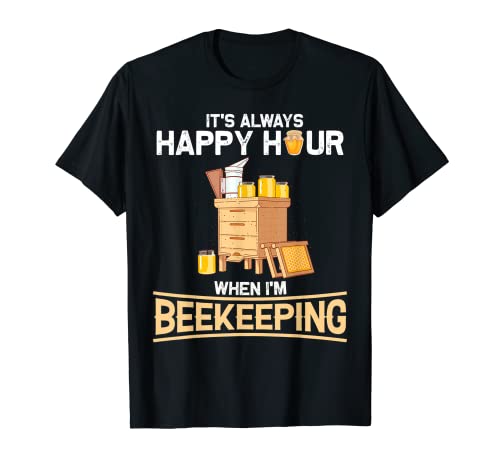Wooden hives are recyclable, poly hives
Recycling of poly is possible and was discussed here a few years ago, but when considering environmental impact it may be more useful to add to the equation the real cost of chopping down Western red cedar on the other side of the Atlantic (so reducing removal of atmospheric CO2), processing it, shipping to the UK, transporting and machining it into a hive.
An Abelo is produced by steam moulding in Poland and I reckon that shipping of the raw material, production and export to the UK would make for an interesting comparison of bigger-picture environmental impact of the two materials.
Plastic is never going to disappear from the planet but what ought to go is the wasteful and unnecessary use of plastic by thoughtless humans. Donald Trump surprised me last week when he cancelled the use of paper straws and
promoted a return to plastic, but really, he has a point in that paper straws are not fit for purpose, plastic coated, non-recyclable, and produce greenhouse gas when decomposing. Bottom line: humans are the problem, not plastic, and who the hell needs a straw, anyway? Just drink from the cup!
scraping at the end of each year compared to tried and tested wood.
Bear in mind that poly has been used widely in Europe for 50 years and more, not just by hobby beekeepers but commercially by the thousand, and the reality is cleaning is no big deal. After a season with bees the propolis coating seals poly and surfaces can be scraped just like wood.
due to their insulting style people say that the broad up a month earlier than wooden which means more honey, anyone have experience of this?
Thermal insulation is the principle factor that ought to concern the beekeeper because it certainly concerns the colony, which is why they choose (generally) a nest site with good insulation winter and summer. How do you reckon 200mm of a timber tree trunk compares to the tiddly 19mm a beekeeper gives them?
Murray McGregor at
Denrosa Apiaries is clear on the advantages of poly and as he runs 5,000+ colonies has had the opportunity to conclude that poly enables the production of about 15% more honey. The reason for this is that the colony has less need to thermo-regulate the nest - either cooler or warmer - and consumes less fuel to do so.
Derek Mitchell is the researcher of hive thermodynamics and an essential read; here is a taster:
https://www.ritehive.com/science-of...RfbXnGVJc1muMBDpTzvbxxWsloQuNo2vSlUQvY6UHzkUU
Yield for the beekeeper is better governed by putting hives in areas with good forage (what dear Finman would call 'good pastures') and managing really strong colonies, not just bees that fill one BB. Even in a poor season a strong colony will bring in honey (though of course, they may eat it) and it is worth looking at annual amateur yields published by the BBKA from member info: sometimes it's in single figures, because no matter how good the forage or bees, the beekeeper may not yet be up to the task of managing swarming, varroa and winter survival to enable the colony to build big in Spring.
If you buy wood then adapt the kit to improve thermal efficiency: seal the roof vents and fit a piece of 50mm PIR to the crownboard; this top insulation will increase thermal efficiency. By contrast, a ventilated roof and a crownboard with two holes (in which are supposed to fit the fairly useless Porter bee escapes to clear bees from supers) is no good at all.
Innocent novices (I was one) had no clue and left the holes open in winter because, er, I was told that the colony needed ventilation. Add an open-mesh floor to this set-up and you will have made a chimney that loses nest heat through the roof, and that obliges bees to burn fuel to work hard to compensate for the beekeeper led unwittingly by
catalogue pictures. End result: less honey, for you and the bees.


















































